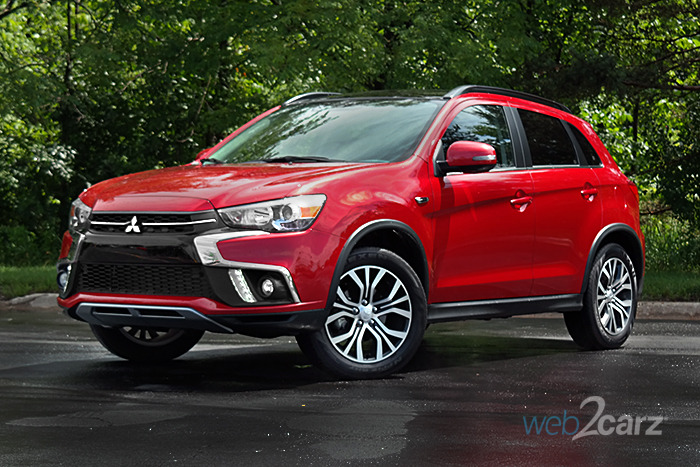
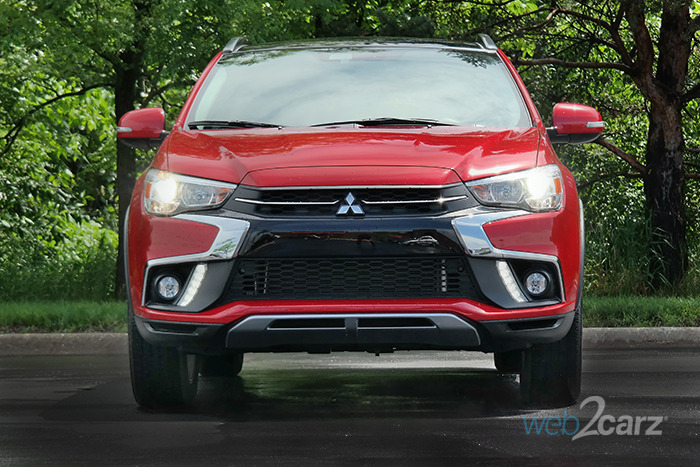
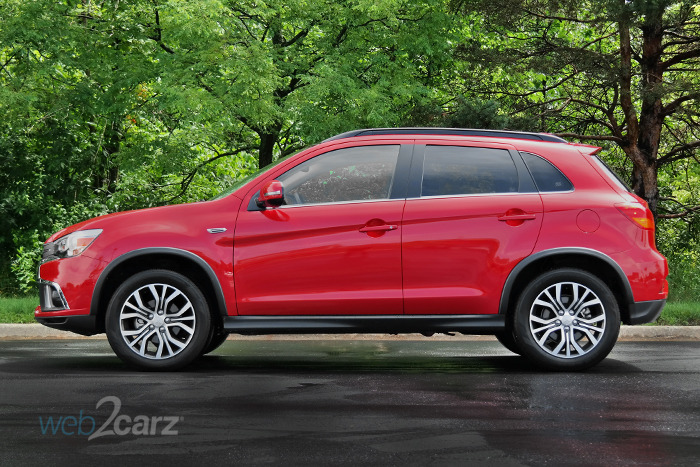
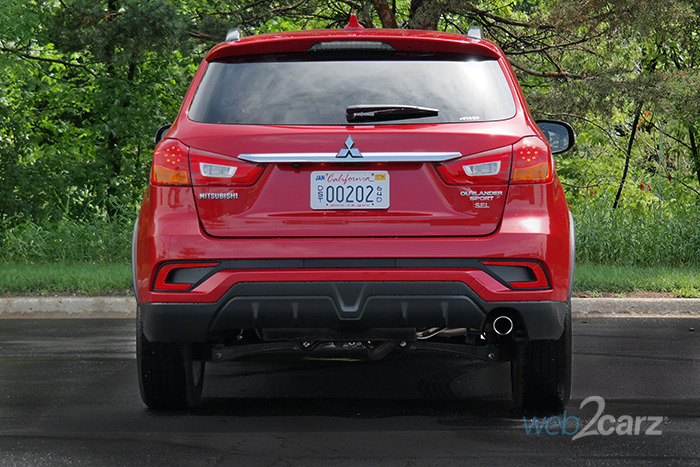
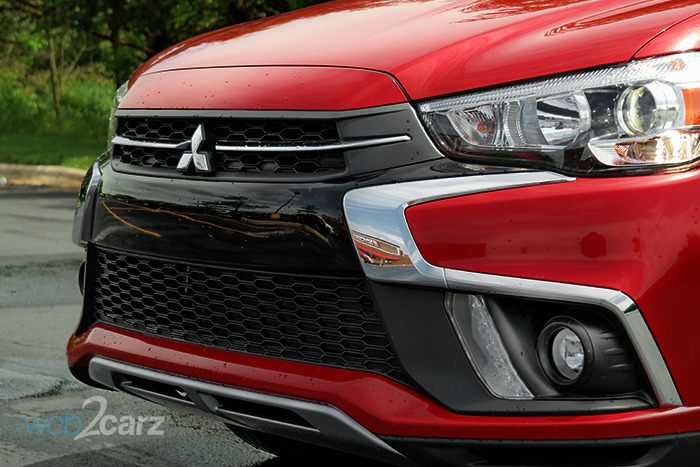
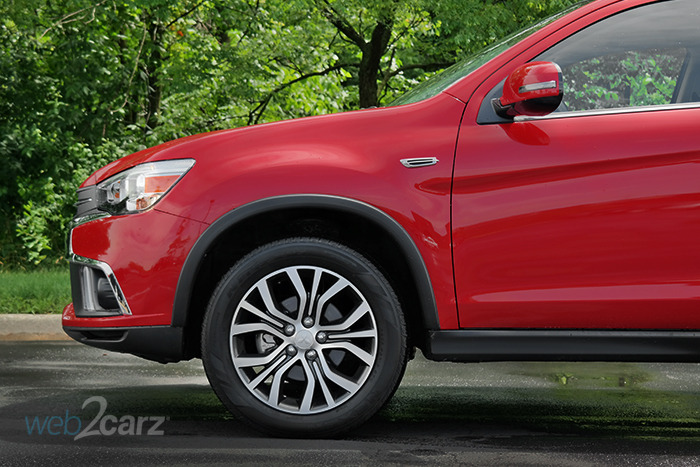
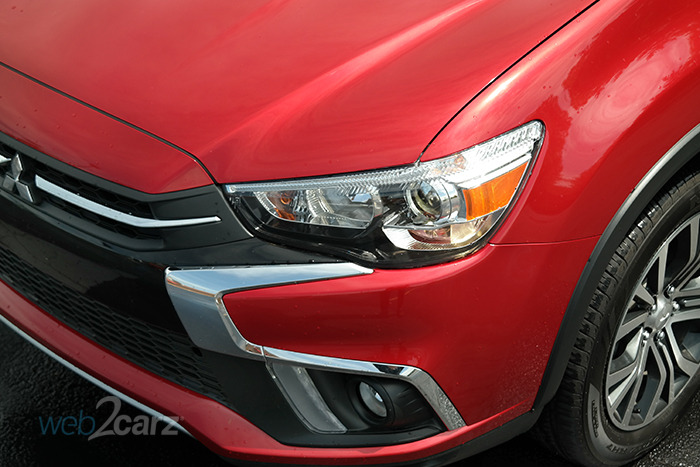
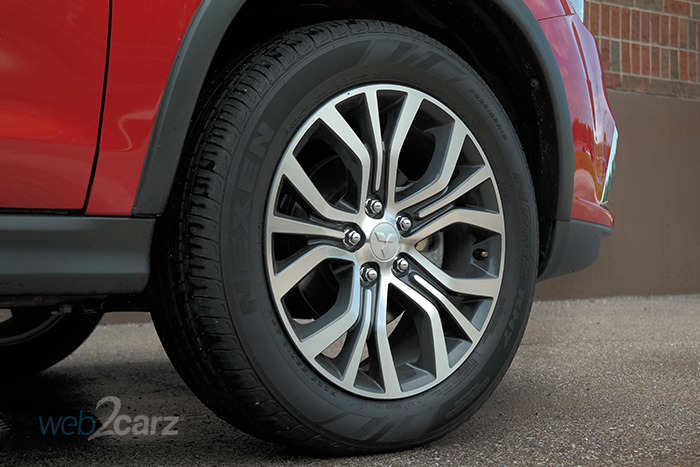

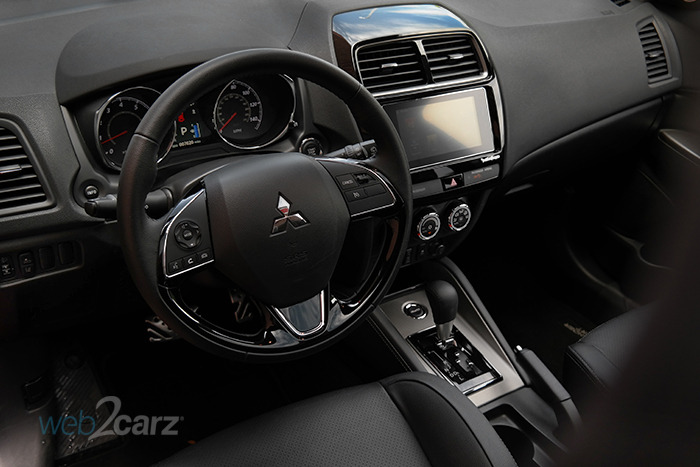
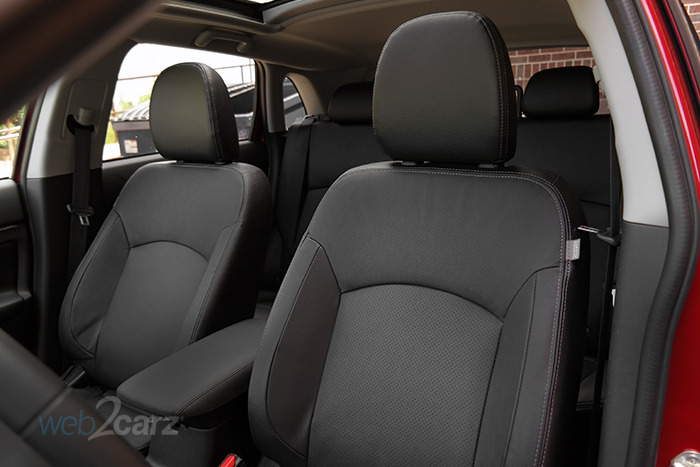
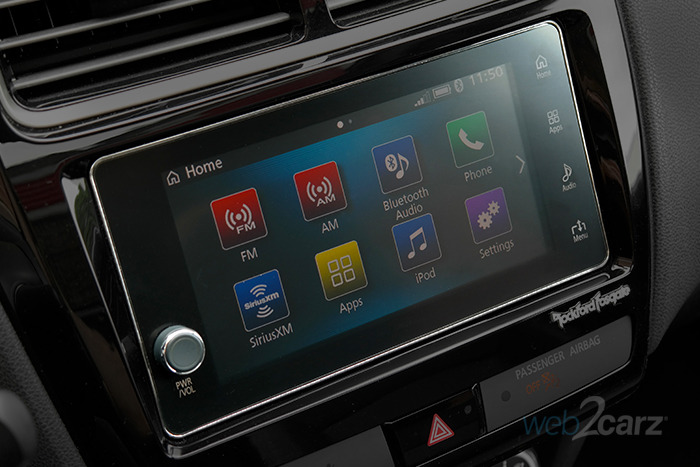
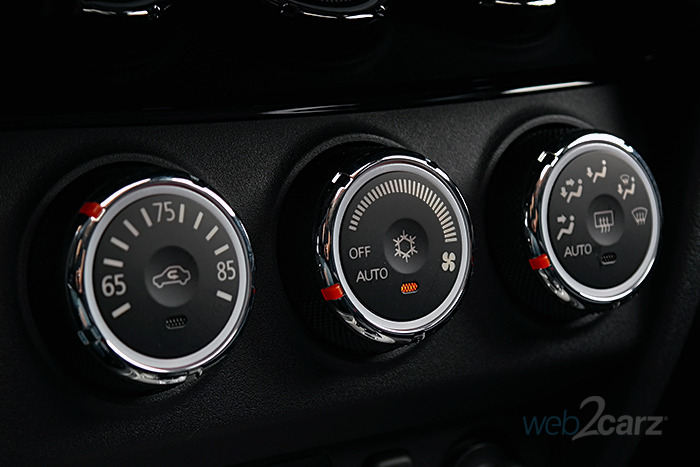
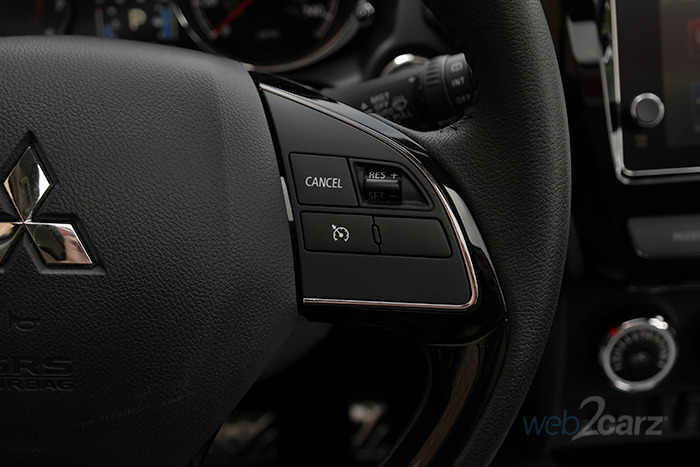
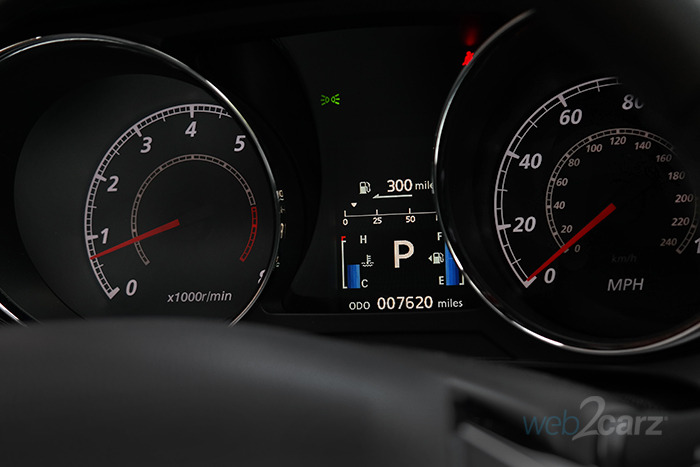
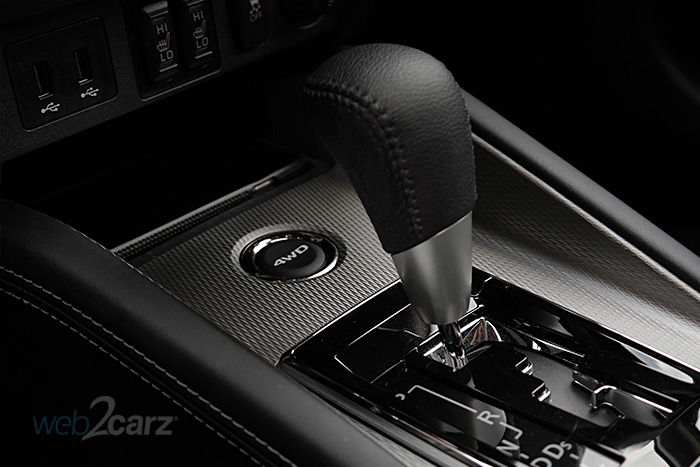
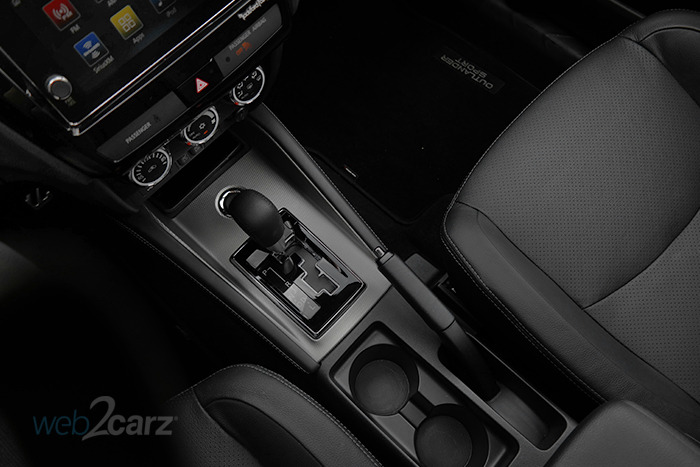
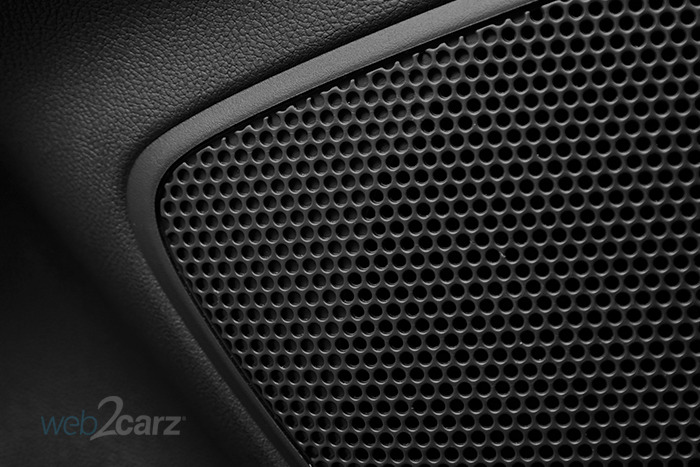
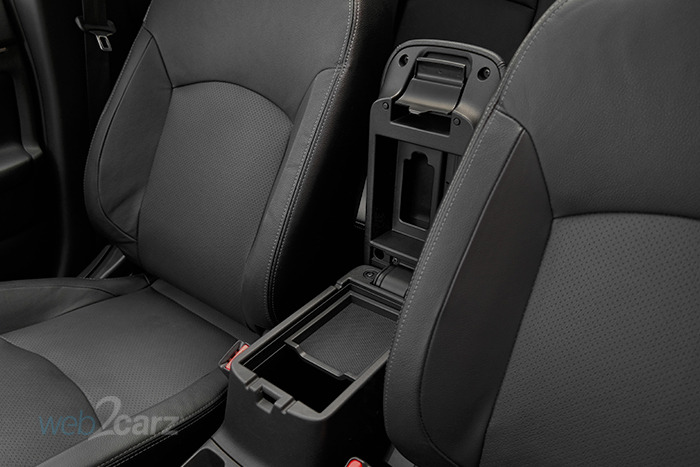
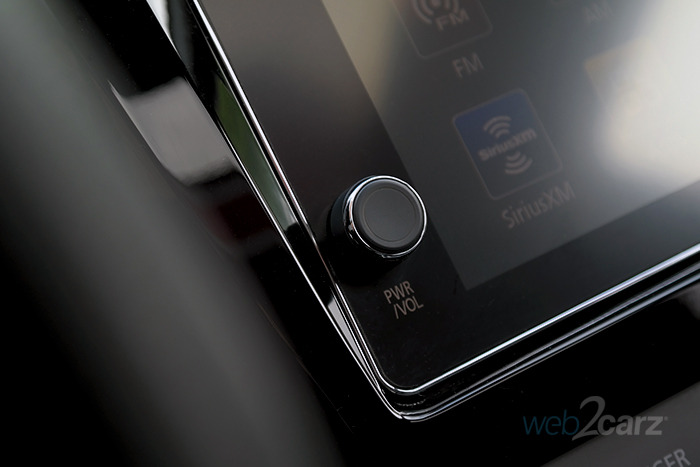
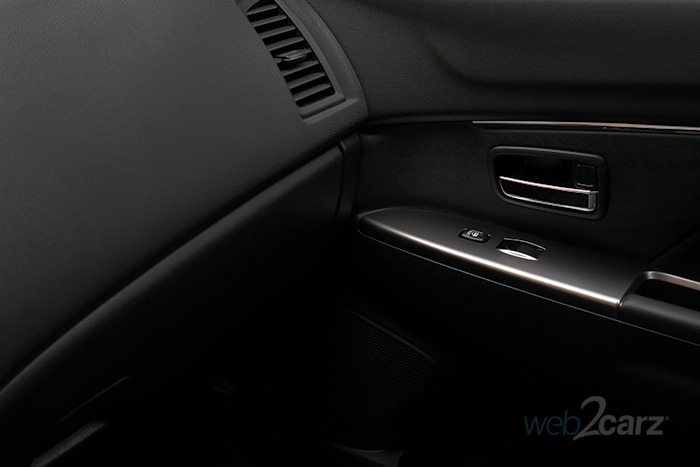
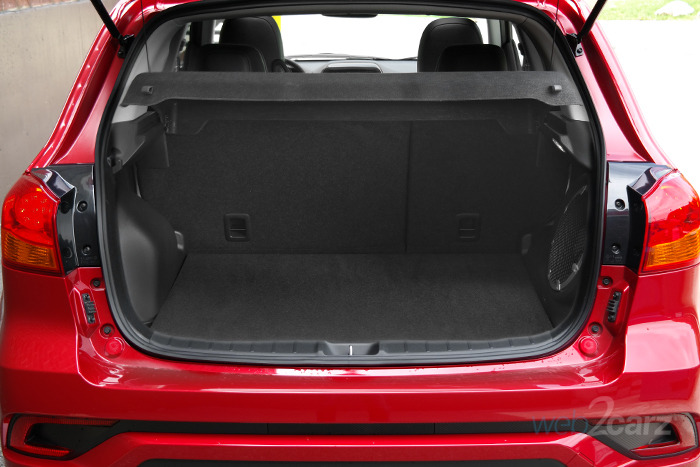
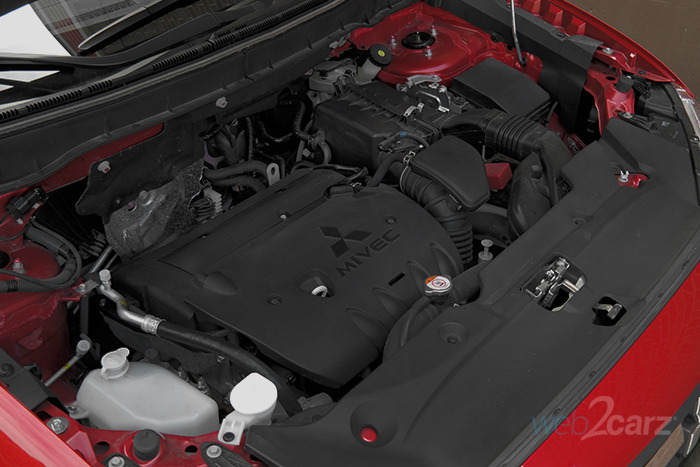























Amos Kwon, Editor-In-Chief
 | Positives: Slight improvements help it still look relevant, supple ride, respectable handling, well-proportioned exterior, solid set of standard features. |
 | Negatives: Interior looks cheap despite decent materials, gutless CVT doesn't help the driving experience, overdoses of chrome and piano black don't convey opulence. |
 | Bottom Line: The Outlander Sport is clearly showing its age in a field of models that are newer, drive better, and have more space. The updates help but not enough to make it a solid contender in the space. |
Driving Experience
6.2
We're not thrilled about the driving characteristics of most non-performance/affordable crossovers, and the Outlander Sport certainly fits the bill.
Ride Quality: This is where the Outlander Sport shines. Not only does it manage bumps and gaps well, it takes them on better than crossovers costing more.
Acceleration: Acceleration is pretty respectable, hitting 60 from a standstill in around 8 seconds. Not blistering but also not anesthetizing. The CVT, however, exhibits no signs of life, and the noise from the engine can be overwhelming.
Braking: Stopping distances are good for the segment, but the brake pedal is mush, and there's a lot of nose dive under hard braking.
Steering: The disturbing off-center feel is mated with lifelessness and an absence of feedback.
Handling: There's not a lot of body roll, but the overall feel when driving it hard doesn't inspire much confidence.
Technology
5.9
The reason why you don't hear about Mitsubishi infotainment systems in automotive circles is because they're just mediocre. The overall tech feel distinctively low tech overall.
Infotainment System: The 7-inch screen is on the small side, and the graphics and colors make the menus a bit hard to read quickly.
Controls: The tiny on-screen buttons make the infotainment system tough operate while driving. At least there's a physical audio knob and large climate control knobs.
Styling
6.4
Both the front and rear fascias have been tweaked to make them look more current. The result is a bit more sophistication than the previous year, but the differences are minimal. It still looks very much "affordable".
Front: To the regular observer, it's hard to tell the difference, but Mitsubishi has added a chrome strip and black honeycomb plastic and solid black trim to give it a bit more refinement. The chrome trim is still too prominent for our likes.
Rear: The rear gets more refinement in the way of a thin chrome strip between the taillights, large C-shaped reflectors embedded in the body, and a matte black faux diffuser.
Profile: The conventional small crossover look is actually its best view with a mildly sloping greenhouse and minimal chrome.
Cabin: The Outlander Sport looks dated, despite small changes like a new shift knob to make it look more upscale. There's just too much black and grey plastic.
Comfort
5.6
In addition to cramped quarters, overall comfort level is supbar in the Outlander Sport, and the materials quality doesn't help matters much.
Front Seats: The position of the seats is far too upright, and the seat leather is cheap and hard, making the cushioning level poor.
Rear Seats: The rear quarters are cramped and not suited for taller adults, especially the middle position that suffers from the tunnel and the protruding back of the center armrest.
NVH (noise/vibration/harshness): The Outlander Sport isn't poorly built, but the lack of sound deadening and noisy engine make it unpleasant at highway speeds.
Visibility: The view out the front and sides is good, especially with the short hood, but the visibility out the back is poor with large pillars and small windows.
Climate: The system is overly loud, but it seems to operate decently in hot weather.
Safety
5.6
Overall, the Outlander Sport does decently in most crash tests, but the areas where it underperforms present an issue. At least it does have a good optional set of safety features at the top trim level only.
IIHS Rating: The passenger small overlap crash was "marginal", and the driver was "acceptable".
NHTSA Rating: The Outlander Sport attained four stars in crash tests.
Standard Tech: The SEL comes equipped with a rearview camera, Electronic Brakeforce Distribution and Brake Assist, Hill Start Assist, and an individual Tire Pressure Monitoring System
Optional Tech: Our SEL tester came with automated emergency braking, lane-departure warning, and automatic high-beam headlights, making up what the IIHS says is a "superior" set of accident avoidance tech.
Storage/Cargo
6
Small gear storage in the cabin is pretty good with numerous options, but the rear cargo space is just average in capacity. It's a small crossover, so that means keep your expectations low.
Storage Space: The cubby below the center stack is angled to keep small items in place, and the center console has cupholders and another cubby for keys, etc. The door pockets are also well-sized.
Cargo Room: The Outlander Sport has 21.7 cubic feet behind the second row and 49.5 cubes with the seats folded flat. The Honda Fit actually has more overall space at 52.7.
Fuel Economy
6.1
The Outlander Sport strangely takes high octane fuel but has no turbocharged engine. It's also not the most miserly when it comes to fuel consumption.
Observed: 21.3 mpg
Distance Driven: 63 miles
Driving Factors: We didn't do a lot of driving in the Outlander Sport. We traveled on local streets and the freeway almost equally.
Audio
7
The upgraded Rockford Fosgate system is good but not great. We just didn't experience the fullness of sound that a $2,900 package should provide. It's better than most stock systems, but not worth the price of admission.

